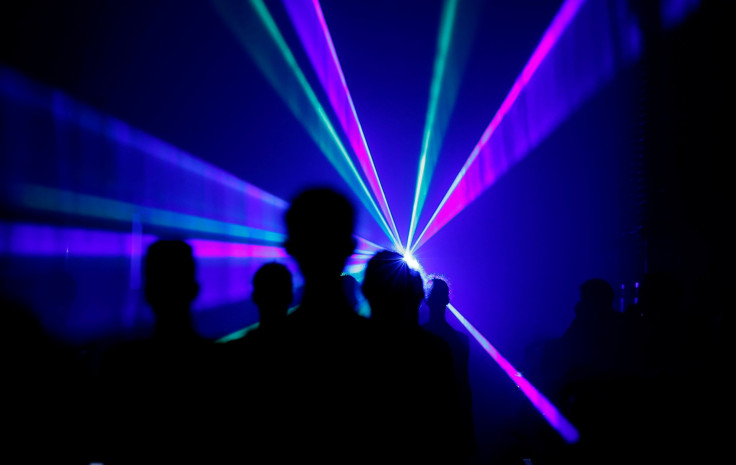Facebook Wants To Use Laser To Deliver High-Speed Internet

Facebook unveiled a new laser-based concept for high-speed internet that will bypass the need for dedicated wavelength spectra and government licenses that come with them. Published Tuesday in the journal Optica, the technique was developed by researchers at Facebook’s Connectivity Lab.
A part of the company’s internet.org initiative, Connectivity Lab “is developing ways to make affordable internet access possible in communities around the world. The team is exploring a variety of technologies, including high-altitude long-endurance planes, satellites and lasers.” It calls its new concept, which also uses drone technology, free-space optical communication.
Explaining their rationale behind turning to laser for data transmission, the researchers say in the paper: “While optical communications have become the de facto standard for high-throughput wired communication channels, microwave and millimeter wave carrier frequencies are still the standard for wireless links. However, the limited availability of spectrum restricts the data rates that can be achieved through these channels.”
Without getting into technical details (for those who want them, they can be read in their entirety here), the paper says the company can use “commercially available materials” to achieve data speeds “up to 2.1 Gbps at an eye-safe intensity.” For comparison, the fastest theoretical download speed on a 4G LTE connection is 1 Gbps, but most wireless carrier networks provide maximum download speeds of less than 100 Mbps, less than a 10th of the theoretical maximum.
The paper also discusses “the need for new materials tailored for communication applications.”
© Copyright IBTimes 2024. All rights reserved.





















